The collection of medieval church art at the University Museum of Bergen is among the finest of its kind in Europe. The museum was founded in 1825, as ‘Bergens Museum’, by Wilhelm Frimann Koren Christie (1778-1849). Christie had been present at the Norwegian Constituent Assembly at Eidsvoll in 1814 and became the first president of the Norwegian parliament. At the museum, he collaborated closely with the Bishop of Bergen, Jacob Neumann (1772-1848). The aim of the museum was to document and exhibit the natural and cultural history of western Norway. It became a major research centre and formed the basis for the University of Bergen that was founded in 1946. Since 1927, the Cultural History Collections have been housed in a Neo-Renaissance building designed by the architect Egill Reimers Sr (1878-1946).
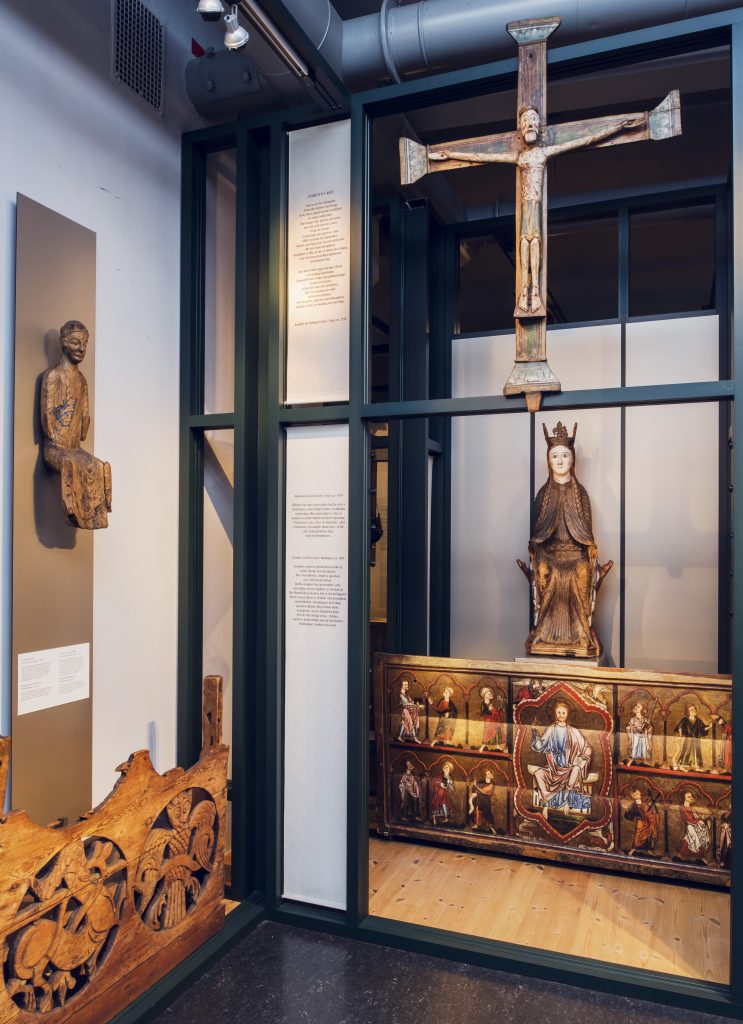
Most of the objects came from churches in western Norway but their style, techniques and iconography reflect the many cultural connections that tied this region to other areas surrounding the North Sea (Britain, the Low Countries, Germany, and Denmark) and even further to the Mediterranean and the Near East.

The collection largely took shape during the second and third quarters of the nineteenth century, during which time many medieval churches in Norway were demolished and replaced by larger modern buildings. Christie and Neumann wanted to rescue the unique heritage of medieval churches and were particularly interested in objects dating from before the Protestant Reformation in 1536-37. In the words of the museum charter of 1833: “(…) relics of the Catholic cult, such as old altarpieces, crucifixes, relics, reliquaries, pictures of saints, procession staffs and banners, censers and holy-water receptacles, baptismal fonts, old gravestones, etc.”.
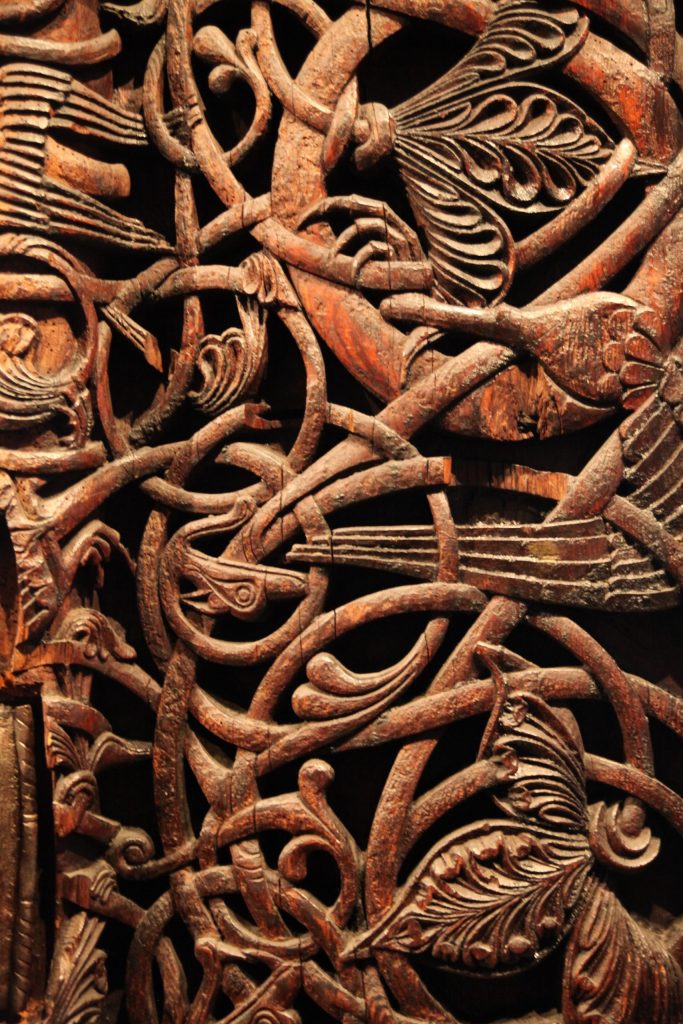
The medieval wooden ‘stave churches’, with their rich carvings, are unique to Norway. Following a wave of demolitions during the nineteenth century, only twenty-seven examples remain standing today. Parts of several demolished churches were brought to Bergens Museum. The collection includes a number of finely carved portals and door jambs, the decorations of which reflect how the woodcarving tradition of the Vikings became Christianized after the eleventh century.
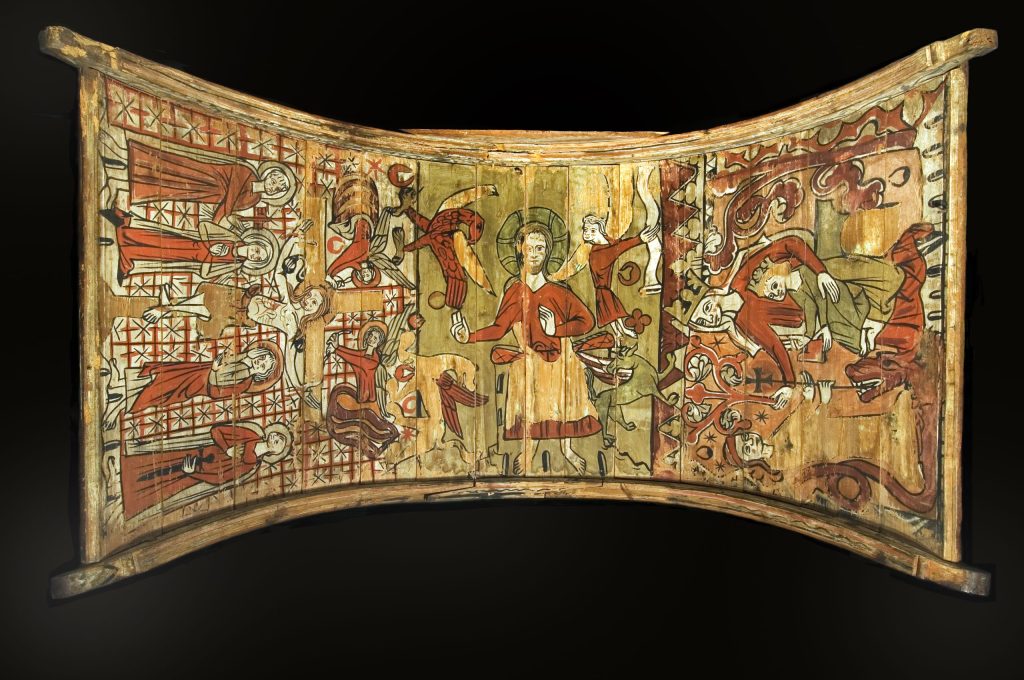
In the rural areas of western Norway, many medieval church furnishings survived three centuries of Protestantism. Objects remained in use in Lutheran churches, were reused for other purposes, were tolerated, or were simply forgotten. They were not replaced by new furnishings, mainly due to the level of poverty in Norway between the sixteenth and the nineteenth centuries. For all these reasons, the church art collection of the University Museum of Bergen is an excellent illustration of what has been called the ‘preserving power of Lutheranism’.
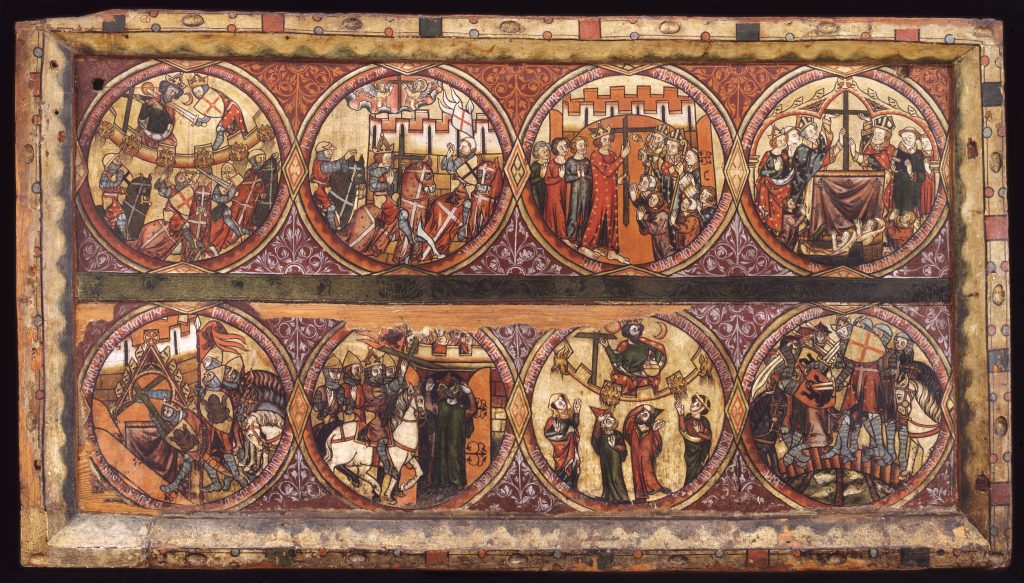
The museum possesses nineteen painted altar frontals from the thirteenth and fourteenth centuries, out of a total of around 140 examples in Europe. In addition, there are a number of outstanding carved Virgin and Child sculptures that once populated the altars in churches around western Norway. Their types and styles reflect fashions and influences from other countries, mainly France and Britain. Several highly ornate relic shrines clad in precious metals should also be mentioned, as well as crucifixes and stone baptismal fonts. The collection of Romanesque art testifies to Norway’s cultural blossoming before the fourteenth century and its close connections to other shores surrounding the North Sea.
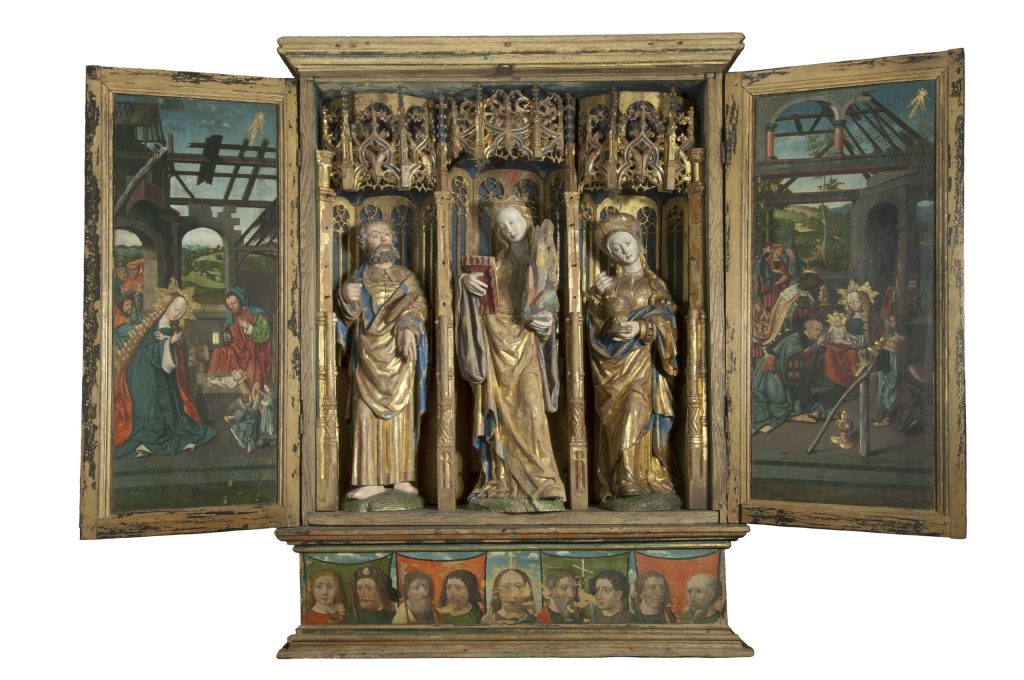
It took Norway until the fifteenth century to recover following the Black Death of 1348-50. The late Gothic section contains a wide range of pieces of church furniture from the fifteenth and sixteenth centuries. The most outstanding of these are a number of altarpieces or ‘retables’. Their styles and techniques reveal origins in different parts of the ‘Hanseatic world’ of northwestern Europe, which included Bergen. The same section also comprises chasubles and other textiles, a number of liturgical vessels, two painted image shrines, various crucifixes, epitaphs, candlesticks, and a painted banner. Together, the Romanesque and Gothic church furnishings offer a unique impression of what the interior of medieval country churches looked like, both in Norway and beyond.